Michael Doron
CHAMMI: A benchmark for channel-adaptive models in microscopy imaging
Oct 30, 2023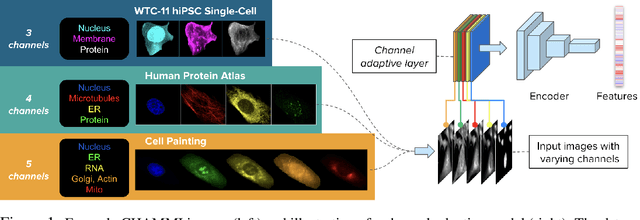

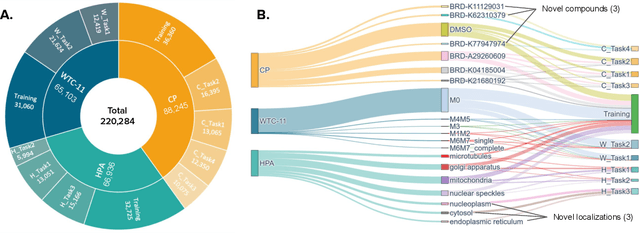

Abstract:Most neural networks assume that input images have a fixed number of channels (three for RGB images). However, there are many settings where the number of channels may vary, such as microscopy images where the number of channels changes depending on instruments and experimental goals. Yet, there has not been a systemic attempt to create and evaluate neural networks that are invariant to the number and type of channels. As a result, trained models remain specific to individual studies and are hardly reusable for other microscopy settings. In this paper, we present a benchmark for investigating channel-adaptive models in microscopy imaging, which consists of 1) a dataset of varied-channel single-cell images, and 2) a biologically relevant evaluation framework. In addition, we adapted several existing techniques to create channel-adaptive models and compared their performance on this benchmark to fixed-channel, baseline models. We find that channel-adaptive models can generalize better to out-of-domain tasks and can be computationally efficient. We contribute a curated dataset (https://doi.org/10.5281/zenodo.7988357) and an evaluation API (https://github.com/broadinstitute/MorphEm.git) to facilitate objective comparisons in future research and applications.
Out of Distribution Generalization via Interventional Style Transfer in Single-Cell Microscopy
Jun 15, 2023



Abstract:Real-world deployment of computer vision systems, including in the discovery processes of biomedical research, requires causal representations that are invariant to contextual nuisances and generalize to new data. Leveraging the internal replicate structure of two novel single-cell fluorescent microscopy datasets, we propose generally applicable tests to assess the extent to which models learn causal representations across increasingly challenging levels of OOD-generalization. We show that despite seemingly strong performance, as assessed by other established metrics, both naive and contemporary baselines designed to ward against confounding, collapse on these tests. We introduce a new method, Interventional Style Transfer (IST), that substantially improves OOD generalization by generating interventional training distributions in which spurious correlations between biological causes and nuisances are mitigated. We publish our code and datasets.
E-Commerce Dispute Resolution Prediction
Oct 13, 2021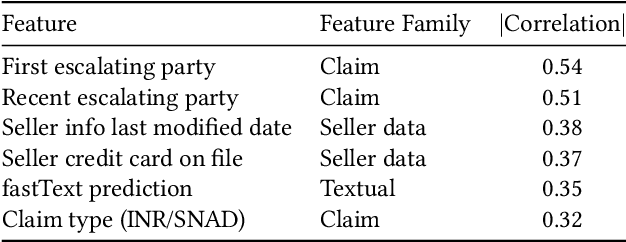
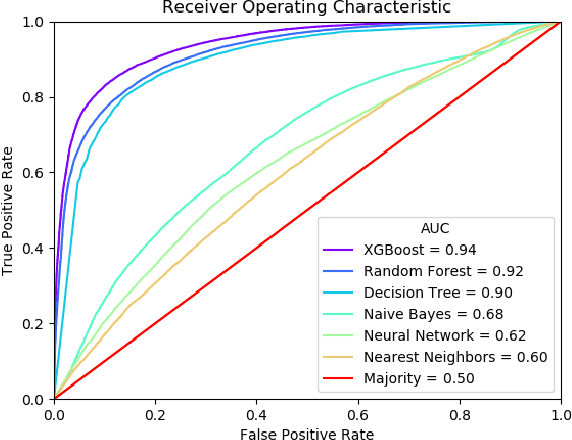
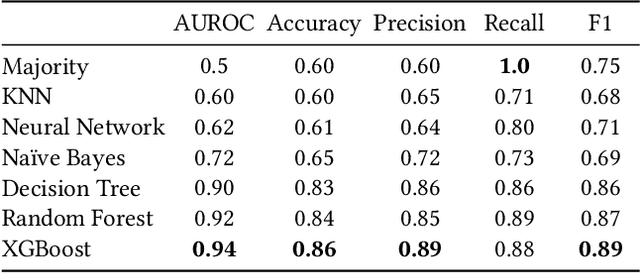
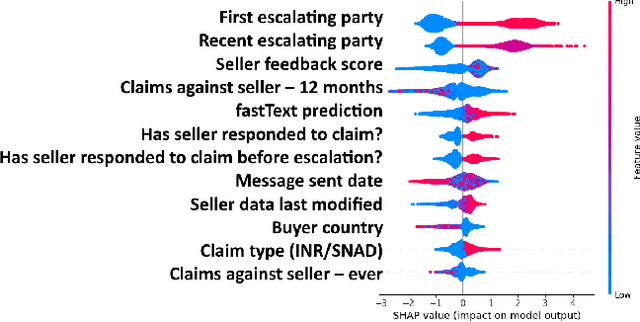
Abstract:E-Commerce marketplaces support millions of daily transactions, and some disagreements between buyers and sellers are unavoidable. Resolving disputes in an accurate, fast, and fair manner is of great importance for maintaining a trustworthy platform. Simple cases can be automated, but intricate cases are not sufficiently addressed by hard-coded rules, and therefore most disputes are currently resolved by people. In this work we take a first step towards automatically assisting human agents in dispute resolution at scale. We construct a large dataset of disputes from the eBay online marketplace, and identify several interesting behavioral and linguistic patterns. We then train classifiers to predict dispute outcomes with high accuracy. We explore the model and the dataset, reporting interesting correlations, important features, and insights.
 Add to Chrome
Add to Chrome Add to Firefox
Add to Firefox Add to Edge
Add to Edge